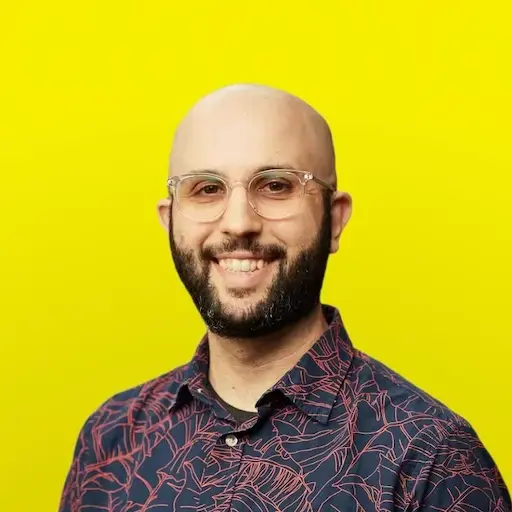I drive a cab in a city about as small as you can get and still count as a city, and we have some deals with places like the local senior center and the hospital to give rides that they cover the cost of either for free or with a tiny copay. It’s definitely helpful for a lot of people, and I’d love to see more funding for that sort of thing.
It can be tough for people in areas that aren’t densely populated enough to support more robust transportation services. It ends up getting a lot more expensive, but it’s really a necessity. Uber and Lyft barely have a presence out here, and in some of the more rural towns there’s no way you’re getting them out that far. We’ll do it, but it costs a lot more to drive way out of our normal area.
Forget trying to get around on a bus unless you’re going to a pretty central location. Even then, they’re always playing catch-up and the schedule is largely out the window. I get it, though. I like driving a cab, but I’d never drive a bus. It seems like a huge pain in the ass and a massive liability. Vans are kind of perfect.
🤖 I’m a bot that provides automatic summaries for articles:
Click here to see the summary
Milton Barnes used to oversee packed subway stations in Washington, D.C., a far cry from the sparsely filled buses he drove after moving to Wilson, North Carolina, to care for his elderly parents.
Wilson landed federal and state infrastructure grants to support the shared, public rides residents summon — usually within 15 minutes — through a service operating like Uber and Lyft, but at a fraction of the cost to riders.
These smaller-scale, tech-based solutions to public transportation problems, known broadly as microtransit, have emerged as a great equalizer in the battle for infrastructure dollars that has traditionally pit the bus, train and subway needs of urban areas against the road construction projects sought by rural communities.
Via started operations seven years earlier with what was then a consumer service offering shared van rides in parts of Manhattan’s Upper East Side where the New York City subway didn’t go.
Even Wilson won’t be able to operate under its microtransit pilot program forever without finding new ways to pay for it, said Kai Monast, associate director of the Institute for Transportation Research and Education at North Carolina State University.
Monast predicts that although Wilson will remain committed to microtransit, the community eventually will return in part to a fixed-route system, adjusted heavily from the data gathered through years of on-demand van rides.
Saved 81% of original text.
nice
deleted by creator



